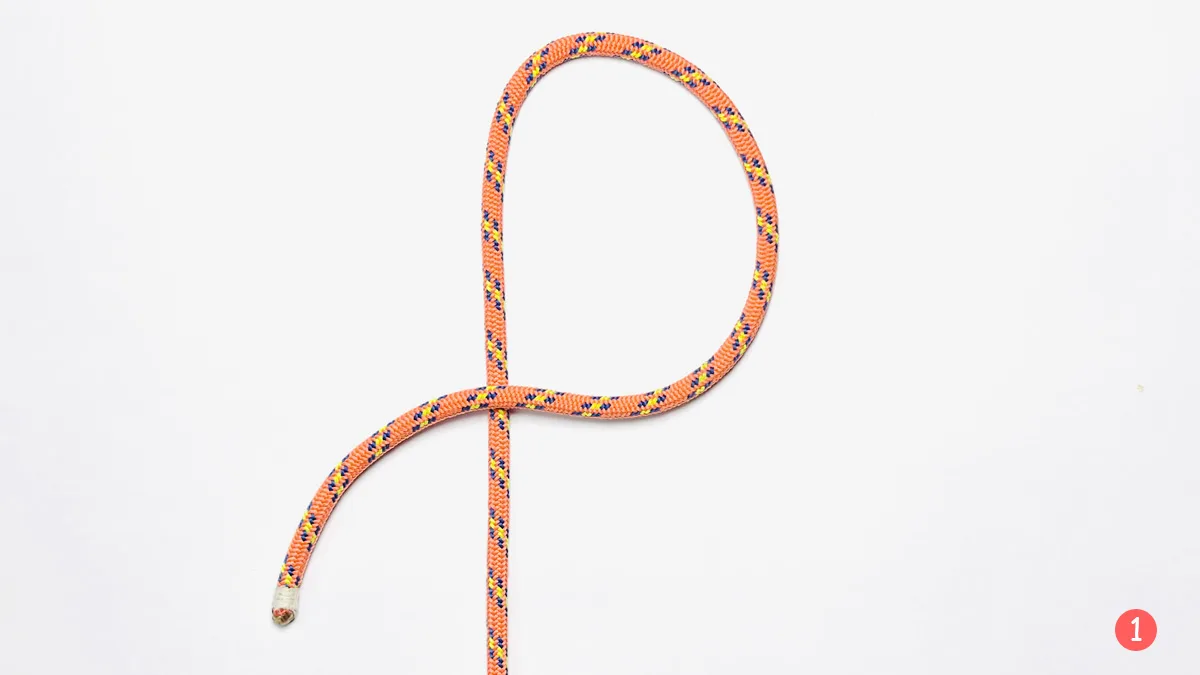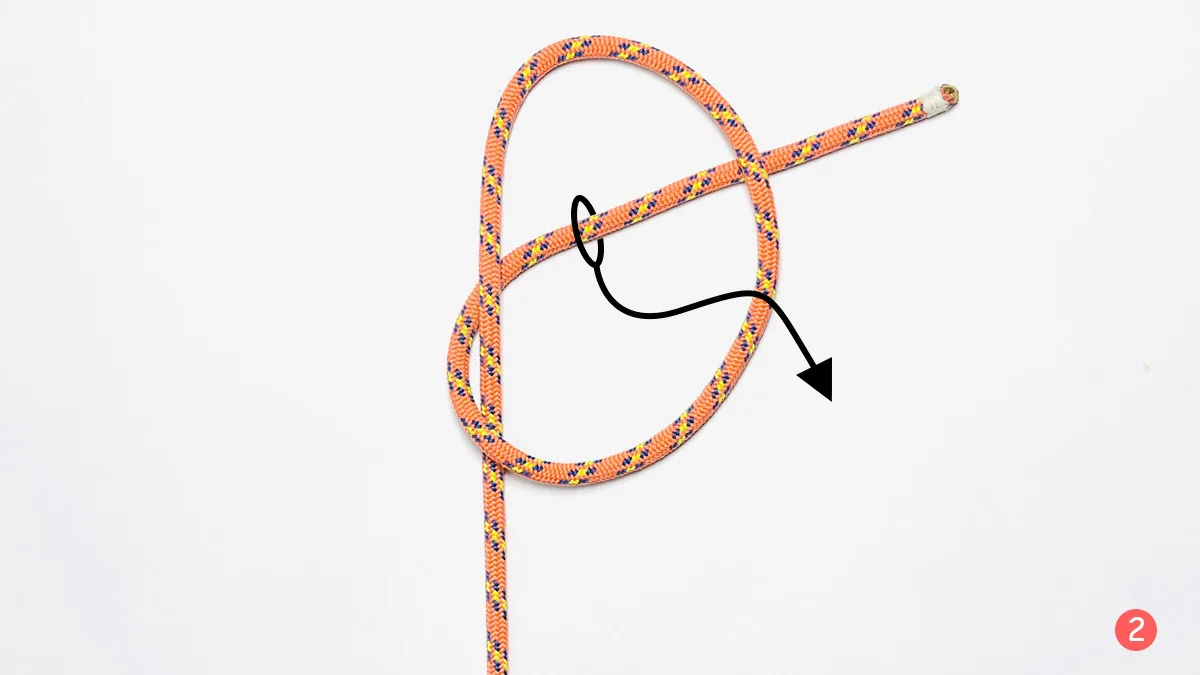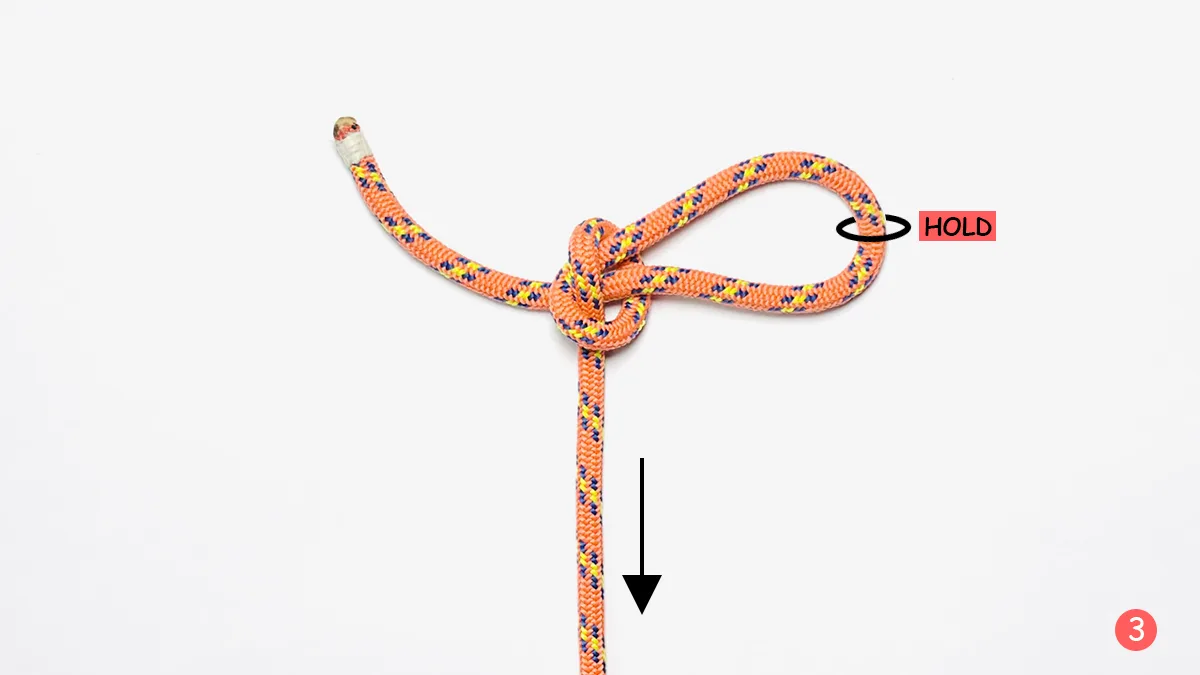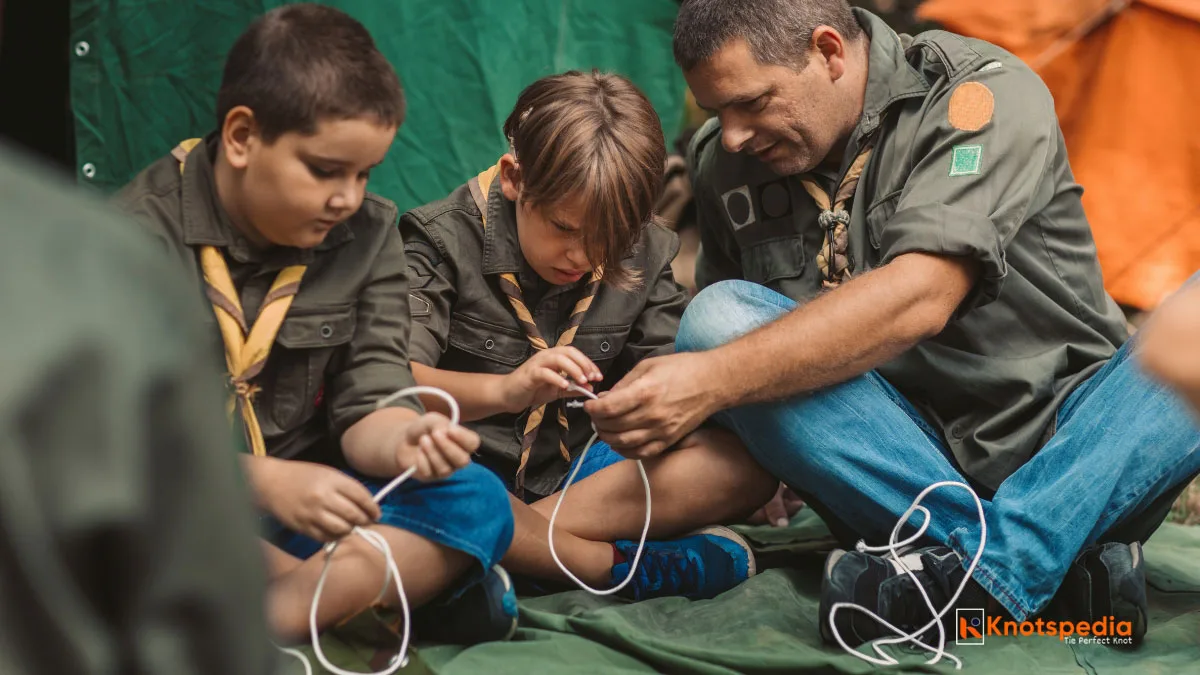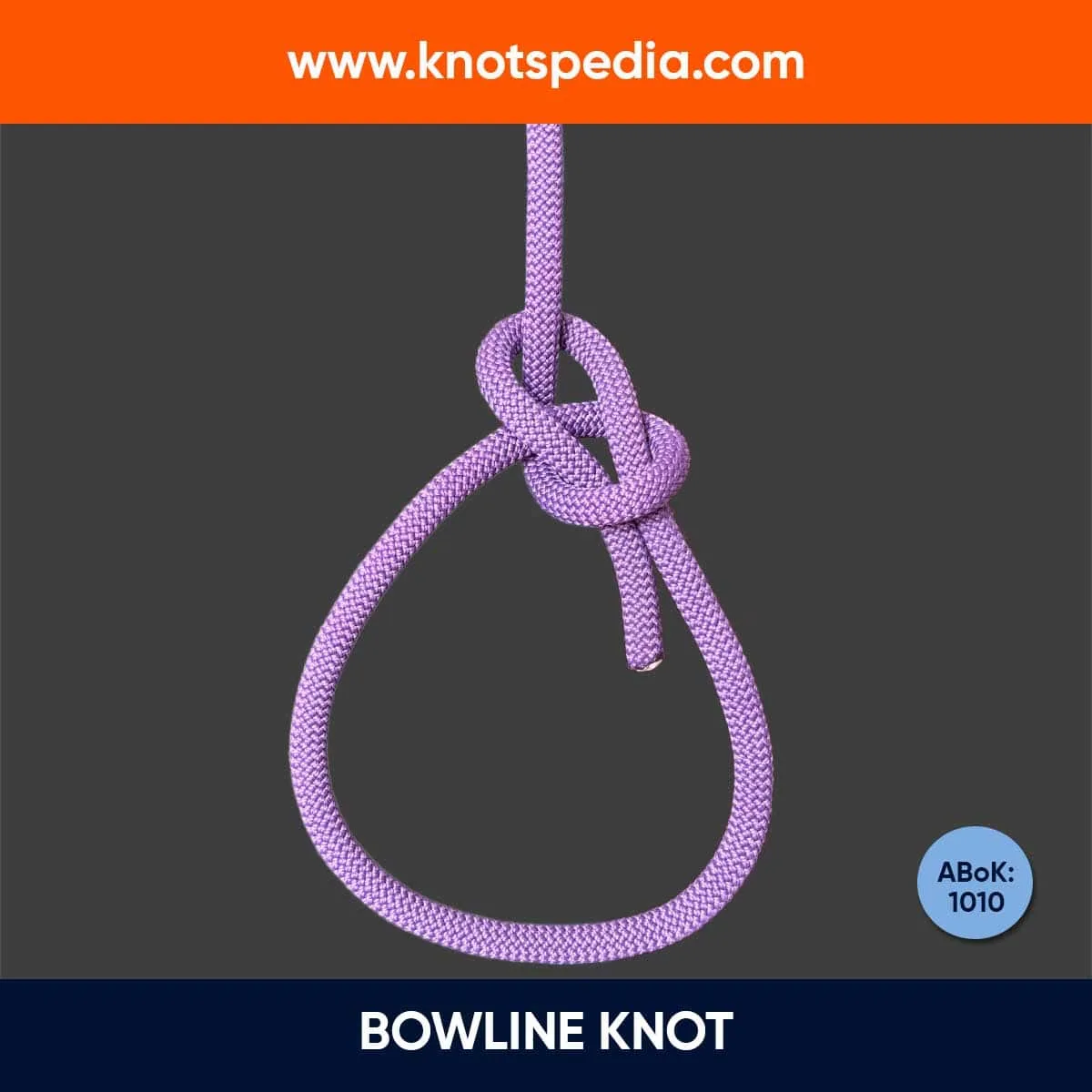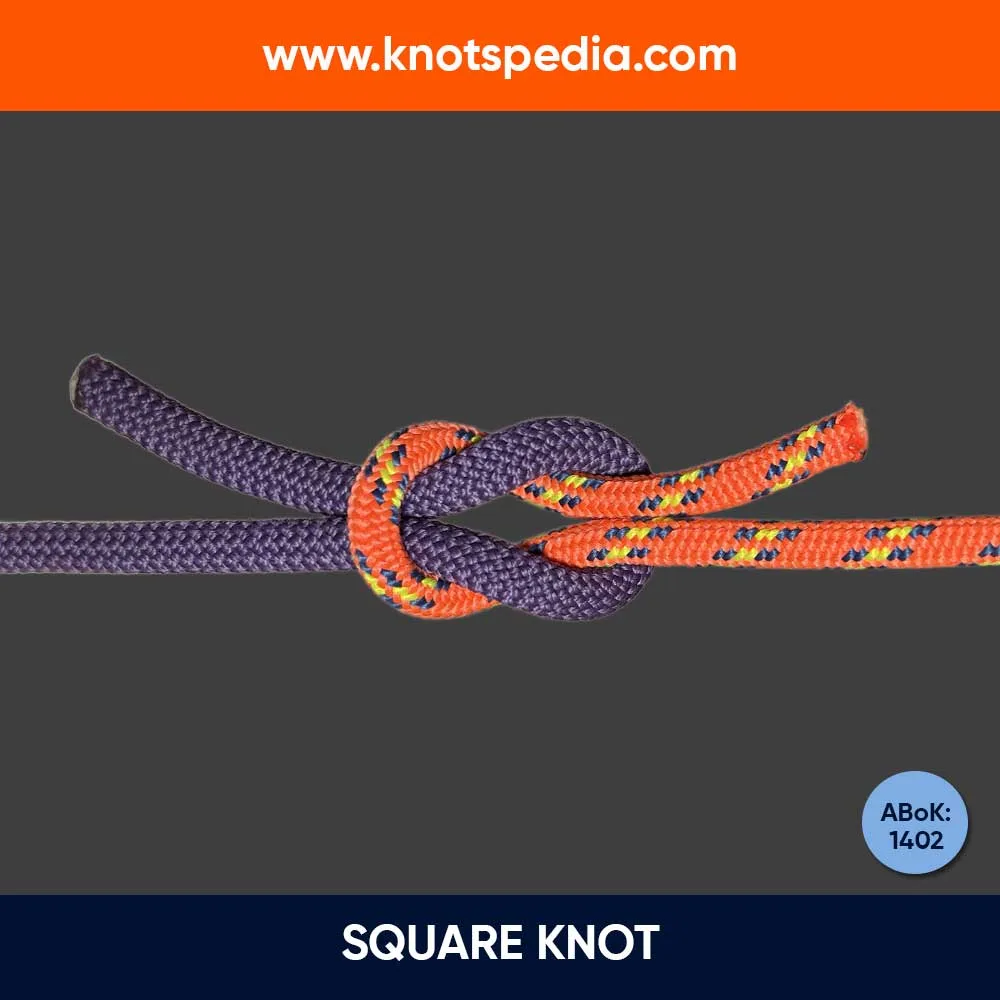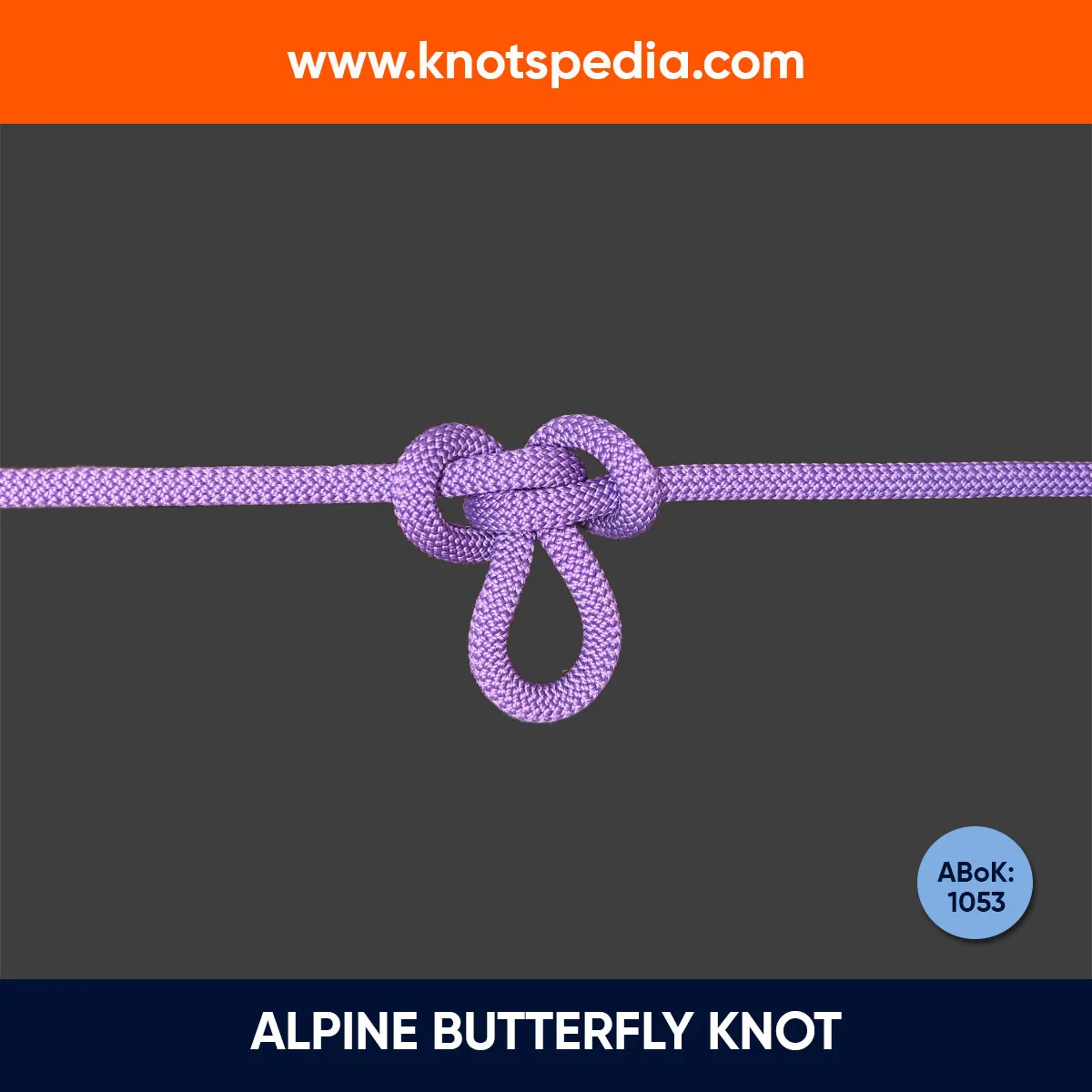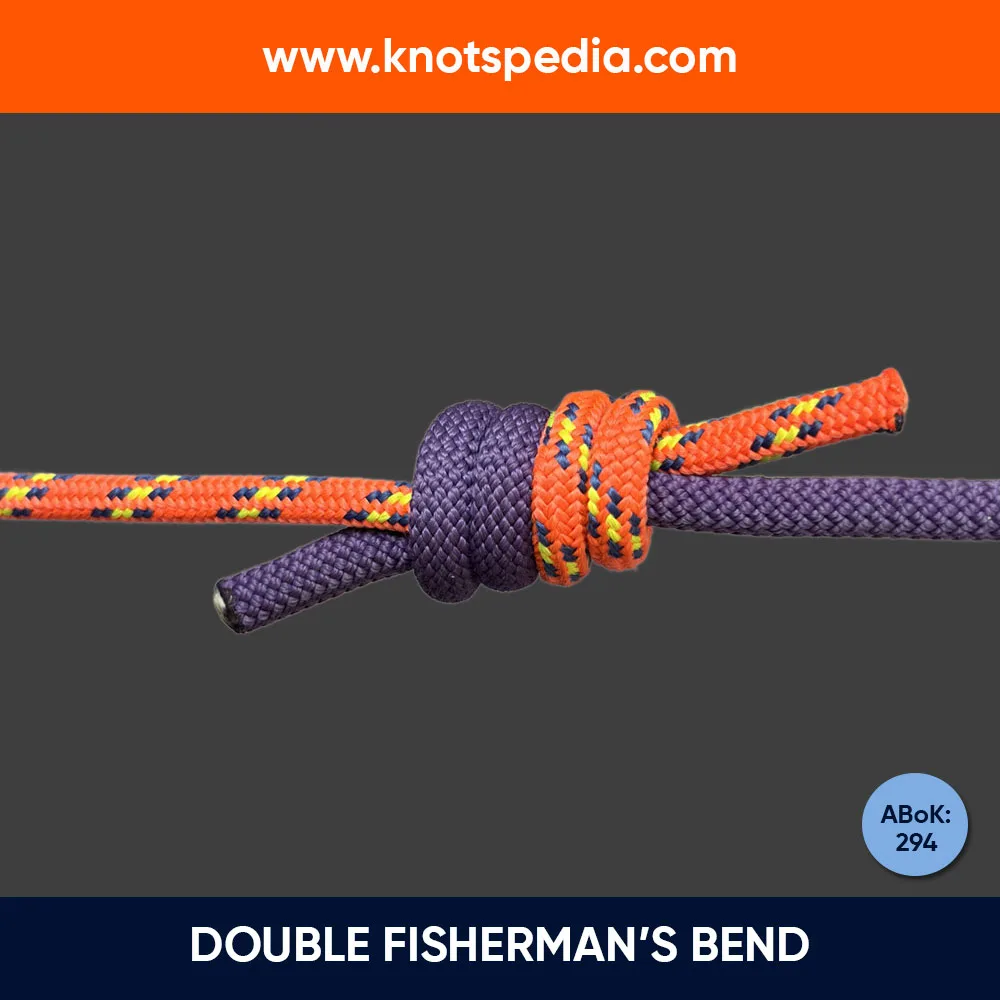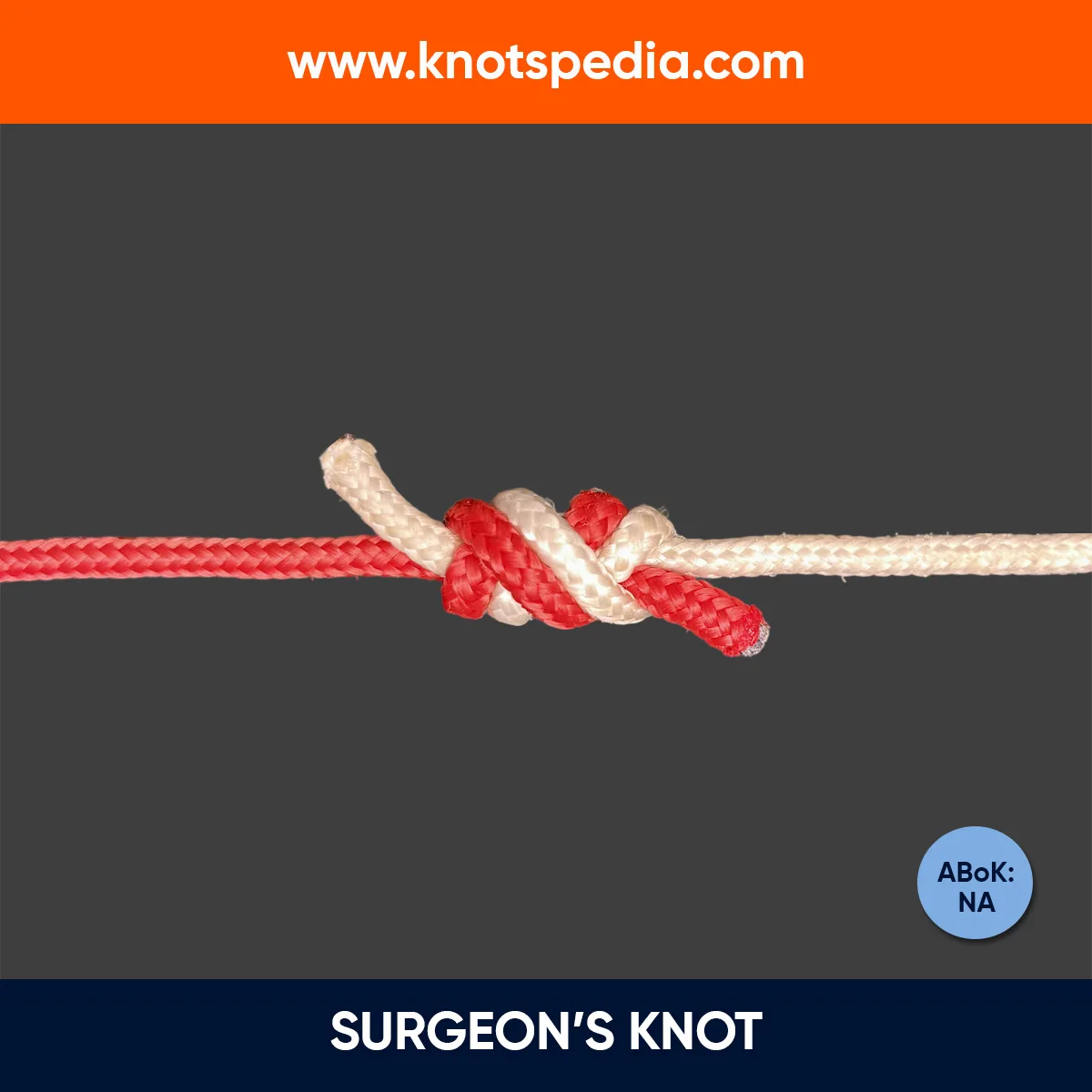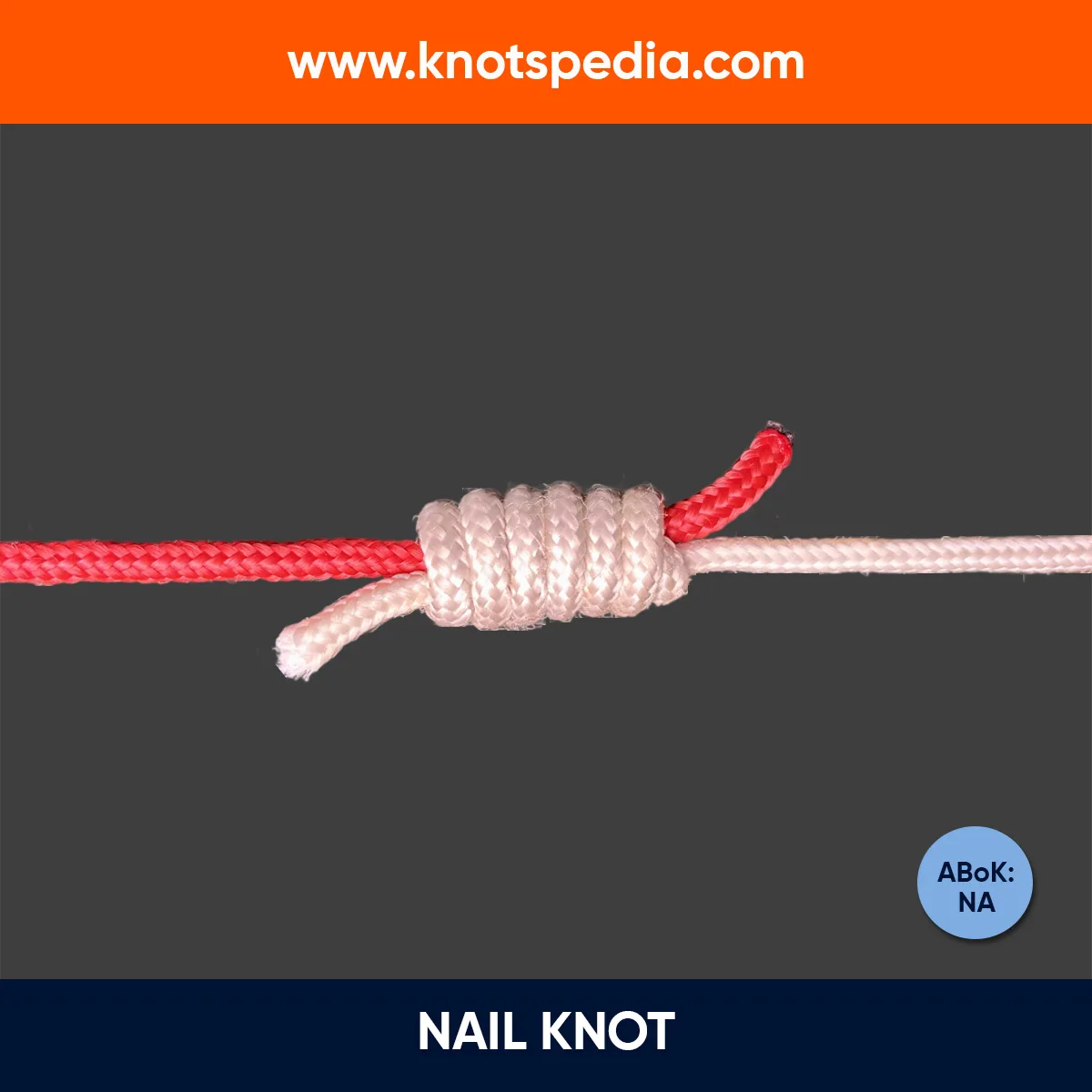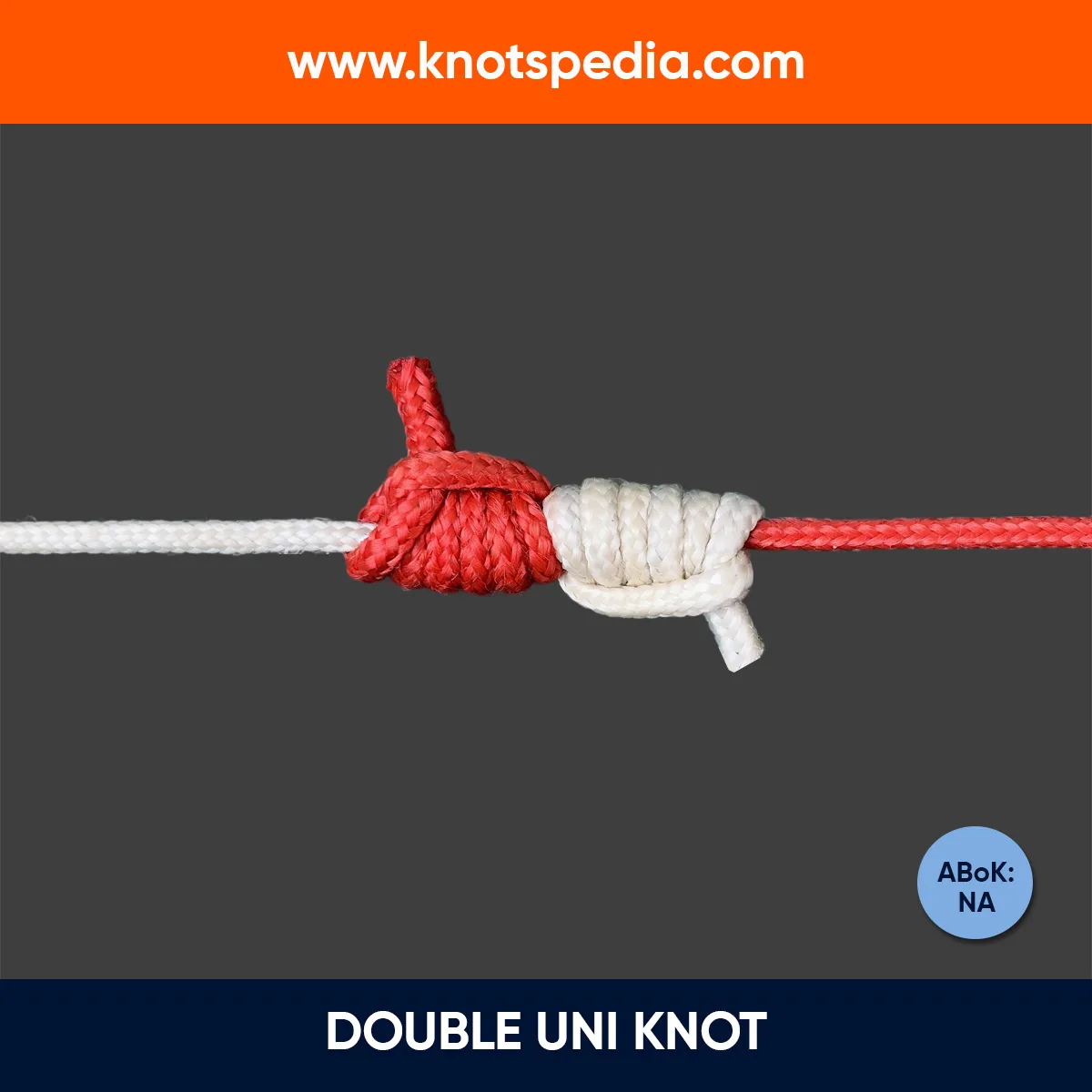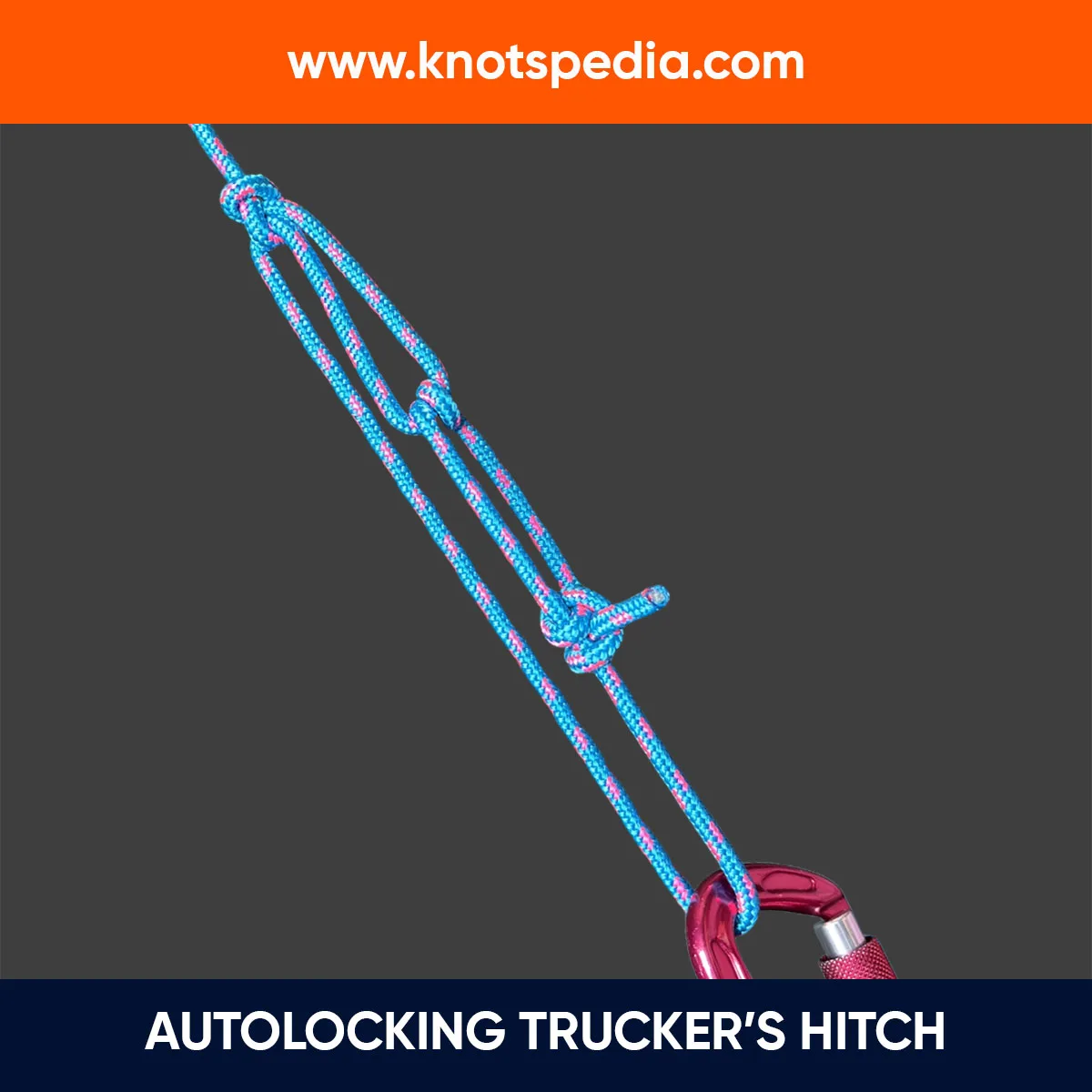A Slip Knot is an Overhand Knot with a draw loop.
It acts as a stopper knot that can be undone by pulling the working end.
We will reference this knot as defined in the Ashley Book of Knots, which makes a clear distinction between the Slip knot and the Noose knot.
Let’s learn it in detail.
Overhand Slip Knot Details
Type: Quick Release knot, Stopper Knot
Other Names: Slip Knot
ABoK Reference: #529
How to Tie an Overhand Slip Knot
- Tie an Overhand loop.
- Pass the working end behind the loop.
- Pull the bight through the loop. Don’t pull all the bight through.
- Tighten the knot.
You have tied this knot correctly if the knot does not move when a load is applied to the standing part of the rope.
If the knot moves and the loop tightens when the standing part is loaded, you’ve tied a Noose knot.
This is a common mistake people make.
To untie the Slip knot, just pull on the end of the rope. It will undo the knot in no time.
Slip Knot Step by Step
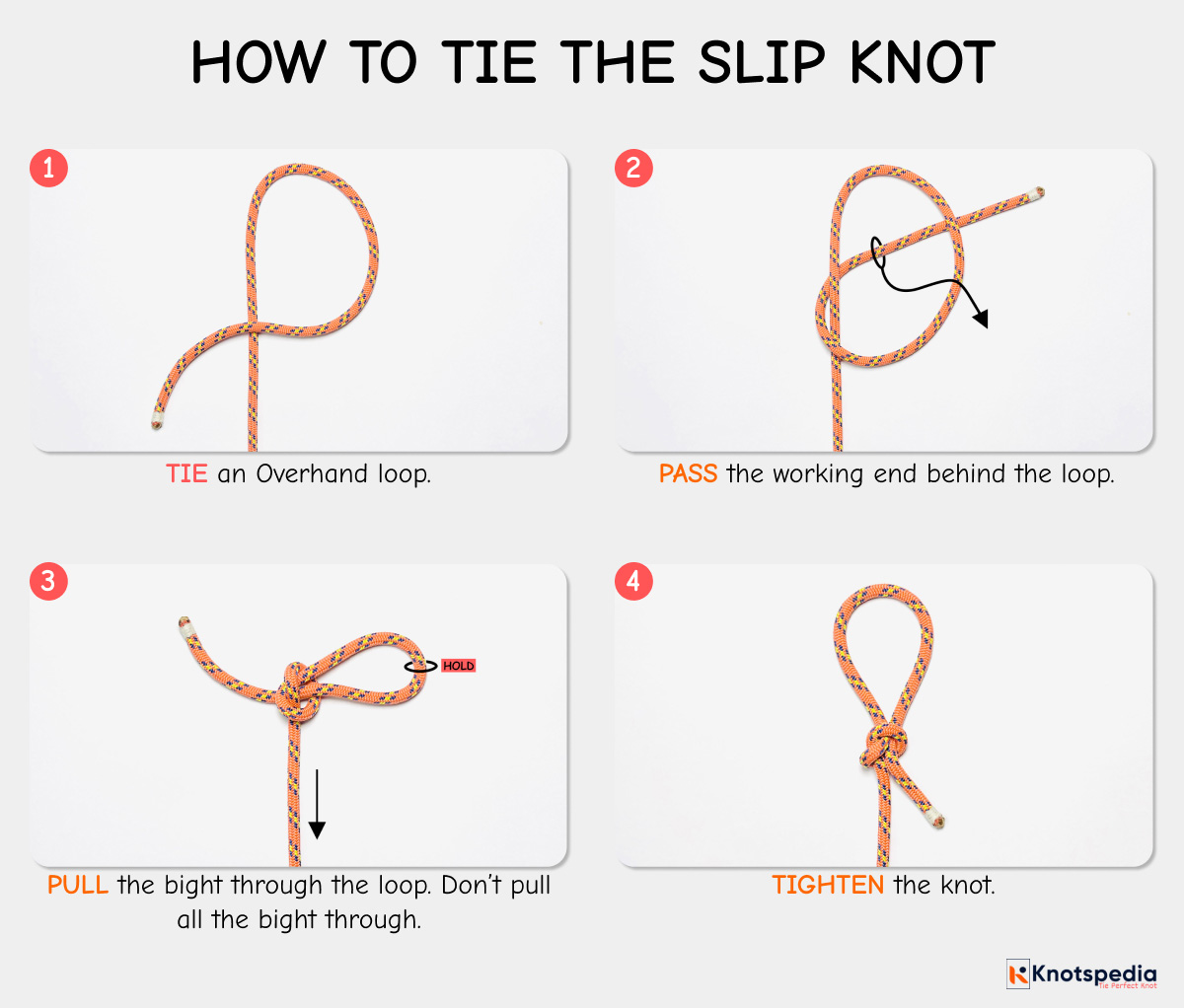
Slip Knot Uses and Applications
- Make an initial loop when casting on for crochet and knitting projects. But it’s tied as a Noose knot since its loop is adjustable and wrongly called the Slip knot.
- As a loop knot while tying the Trucker’s Hitch Knot.
- Securing the ends of a sack or a bag for a quick release.
- As a stopper knot to stop the rope from passing through holes and openings
Pros & Cons
- Simple and easy to tie.
- Super easy to release.
- Only suitable for general uses and NEVER be used for critical applications.
Slip Knot Vs Noose Knot
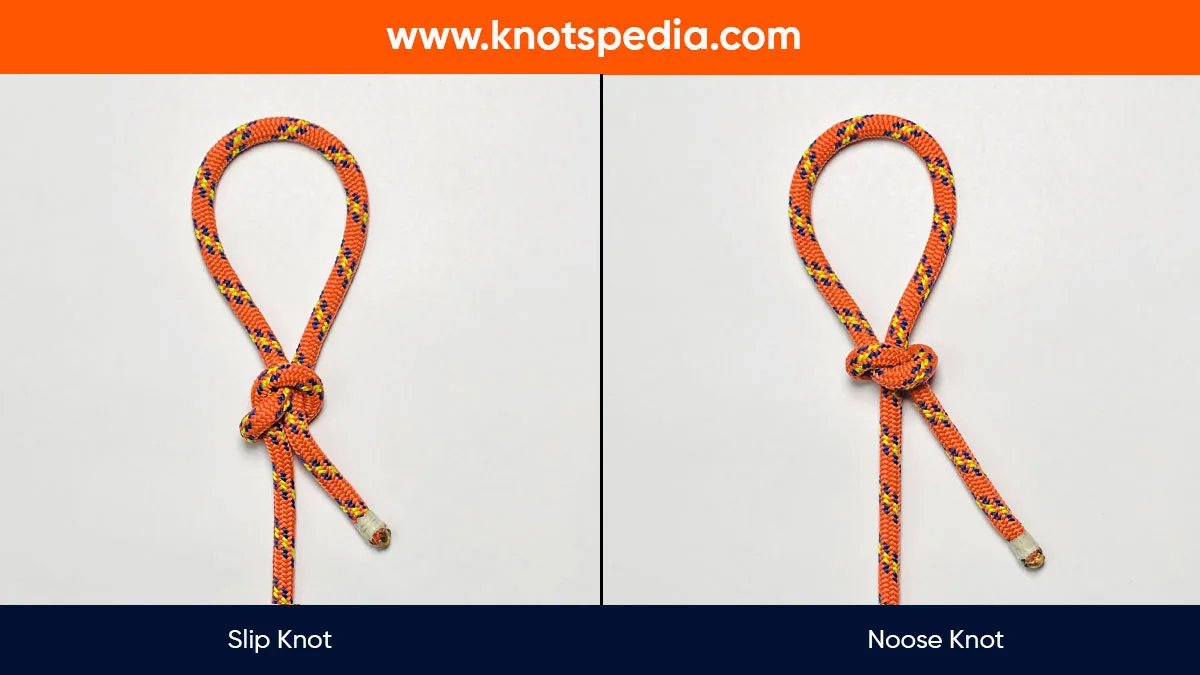
The Slip Knot and the Noose Knot are often confused because they are both adjustable, but they’re both different knots.
The Slip Knot is formed by creating a bight from the short end of the rope; the Noose knot involves the long end.
In a Slip knot, the load is borne by the standing part of the rope, and the loop does not tighten under tension.
A simple Noose knot tightens when the standing part of the rope is loaded and sometimes makes it difficult to untie under heavy load.
Here’s a detailed comparison:
| Feature | Slip Knot | Noose Knot |
| Type | Quick Release | Self Tightening |
| Function | Easy to untie | Creates an adjustable loop |
| Structure | The working end is fed through the loop | The standing end is fed through the loop |
| Tightening method | Tightens when the working end is loaded | Tightens when the standing end is loaded |
| Release method | Releases when the withdraw loop is pulled | Pulling the standing end spoils the knot |
| Security | Only for temporary hold | Moderately secure |
| Complexity | Simple | Simple |
Other Slipped Knots
Any knot that is completed with a bight instead of the working end is referred to as a Slip knot.
Some of the commonly used slipped versions of the knots are Slipped Buntline Hitch, Slipped Half Hitch, Slipped Rolling Hitch, and many more.
The main purpose of the slip knot is that it allows for the quick release of the knot—just pulling the withdraw loop spills the knot.
That said, the Slip Knot does not guarantee a quick release. It depends on how tightly the bight has been loaded.
Note: Don’t use Slip knot in situations where an accidental release could lead to injury or equipment failure.
Share this Article!
